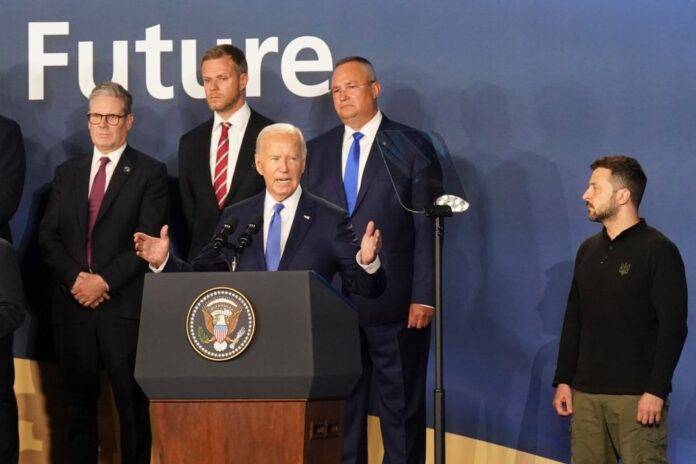
Earlier this month, millions of British citizens went to the polls in their 2024 general election. The United Kingdom elected a new government, sweeping the Labour Party into power led by new Prime Minister Keir Starmer.
I had the privilege of observing the British election. As a life-long student of British and American politics, I relished observing the U.K.’s political process as an outsider. This made political analysis easier without the temptation of tribal instincts that become unavoidable at home.
Coincidentally, the election occurred on July 4. I chuckled to myself that it might be a clever way for my British friends to avoid the real significance of that day.
The world looks to the United States as a model for democracy. America has improved upon the democratic example the United Kingdom set when America was still a colony. Yet even after forming the mantle as the “go-to” prototype for democracy in the world, certain elements of the U.K. voting process should prove important and instructive for both our federal and particularly Californian leaders. As Californians, we have (unfortunately) become accustomed to elections that last over two months. We mail out our ballots one month before Election Day, and the final, certified count comes in over a month after the election. The voting system California Democrats have set up has also become a partisan, lengthy and complicated system that needs reform.
In the U.K., 648 out of 650 parliamentary constituencies reported results within 16 hours of polls closing. We should aim for the same standard. Many Californians may ask themselves, why can’t we do the same?
Is it possibly because California has a much larger population than the U.K.? No. The U.K. has 25 million more inhabitants than California.
Some defenders of the California election process would argue that California allows mail-in voting that takes longer to process and count. Wrong. The U.K. allows postal voting.
It must be that California has a much stricter election security process! Nope. The U.K. requires voter ID. It accepts 20 forms of ID and provides free voter ID.
California Democrats might argue that the U.K. must have far lower voter turnout than California because its voting process must disenfranchise voters. Try again — the U.K. votes at a higher level than California, 60 percent to the Golden State’s 50 percent in the last election cycle.
Californians have become embarrassed by their electoral process. By almost any measure, our current system has failed. Californians should have election results within 24 hours of polls closing. Drawing out the election process to well over a month encourages skepticism and cynicism from voters. We live in the age of artificial intelligence, advanced technologies, and increased human productivity. California can and must do better.
How? Commonsense solutions.
For example, ballots must arrive before 8 p.m. on Election Day and be counted within 24 hours of polls closing.
Early voting matters. It gives voters flexibility and the opportunity to plan a time to vote, whether in person or by mail. However, early voting must align with our Framers’ intent that elections reflect a “snapshot” in time of popular opinion in the United States. Early voting should start two weeks before Election Day, not the month that California currently allows.
Finally, and most importantly, citizens must show their ID to vote. Almost 80 percent of Americans agree. We must ensure that only U.S. citizens vote in our elections. It is more important than ever after the Biden administration’s failed border security efforts have allowed over 7 million immigrants to illegally cross the border into the United States.
Many advanced democracies, including the U.K., already follow these simple voting protocols. America did before the pandemic. However, the pandemic has passed. America can return to our normal voting system with improvements like voter ID and early voting. These common-sense solutions will build voter confidence in our system and ensure fair, free, and timely elections.
Gustafson is chairman of the Republican Party of San Diego County and lives in Escondido.
Originally Published:



